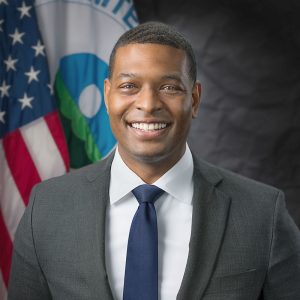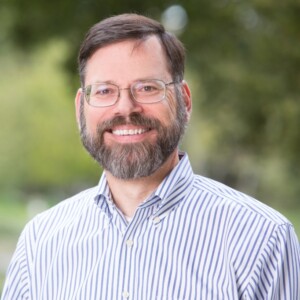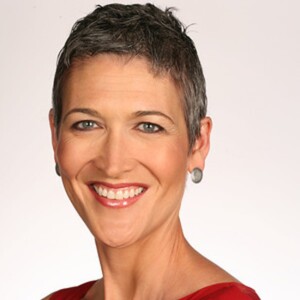CRISPRcon 2020 Revisited: Gene Editing and Climate Justice
CRISPRcon 2020 continued its fourth theme of equity, environment and agriculture by featuring a discussion on Oct. 15 on gene editing and climate justice. The panelists explored what is at stake—both risks and benefits—when using gene editing to address climate justice and climate equity issues for a variety of applications including invasive species, endangered species, and forest health.
The panelists started the discussion by first framing what climate justice is and how their organizations approach it. Katie Barnhill-Dilling, a postdoctoral research scholar at North Carolina State University who moderated the discussion, noted the diversity of perspectives on the panel and the unique viewpoints they brought to climate justice.
“One of the things I find most compelling about this combination of scholars and practitioners is there are so many layers to consider when they think about justice and whose justice – thinking about human and non-human nature alike and it’s a really compelling group of people to think about these hard questions,” said Barnhill-Dilling.
“Climate justice is the equitable sharing among all humans [of] the gifts of God’s creation regardless of racial or national background or status. It’s the holding to account of those whose domination or greed negatively impact others ability to rightly share in God’s creation,” said Alonso.
“As a social scientist, I want to hear what the public think and also what those vulnerable communities think. So, we try to focus on those groups of people who are vulnerable and who are likely to be impacted by future oriented technologies. So, we get to hear their voices now as the scientists are developing the technologies,” said Elizabeth Hobman.
“The primary interest of mine personally and also professionally is to try and rescue native forest tree species that are greatly impacted not only by climate change but also by these invasive pests that wouldn’t be here without some sort of globalization,” said Fitzsimons.
“Some of the limitations of engagement—it’s something we talk about a lot and feel good about inclusion…but we really have to operationalize what we mean by engagement or otherwise risk reifying some of the same inequities under the name of engagement. One thing I will emphasize on this topic is trying to look to communities as knowledge-holders and having situated expertise that’s absolutely crucial to engage in the questions we are asking about this research,” said Taitingfong.
Taitingfong highlighted her work engaging with Indigenous communities in Oceania, which she noted had similar findings to Hobman. The communities generally aren’t adverse to technology but did raise questions about who is funding the work, who are the scientists involved, and whether they have engaged with Indigenous communities. And in a similar vein, Alonso noted a sentiment from an earlier CRISPRcon panel raised by Krystal Tsosie, who moderated CRISPRcon 2020’s second panel on Indigenous perspectives in gene editing, about not mistaking suspicion of the technology as an aversion to technology. Alonso believes that assessment is a strong measuring stick for the vulnerable and marginalized communities she works with as it relates to emerging technology.
The panel also field questions from the audience about balancing the risks versus urgency to combat climate change, governance structure, and how to get more voices to the discussion on gene editing. The full panel discussion is below.







 Login
Login



